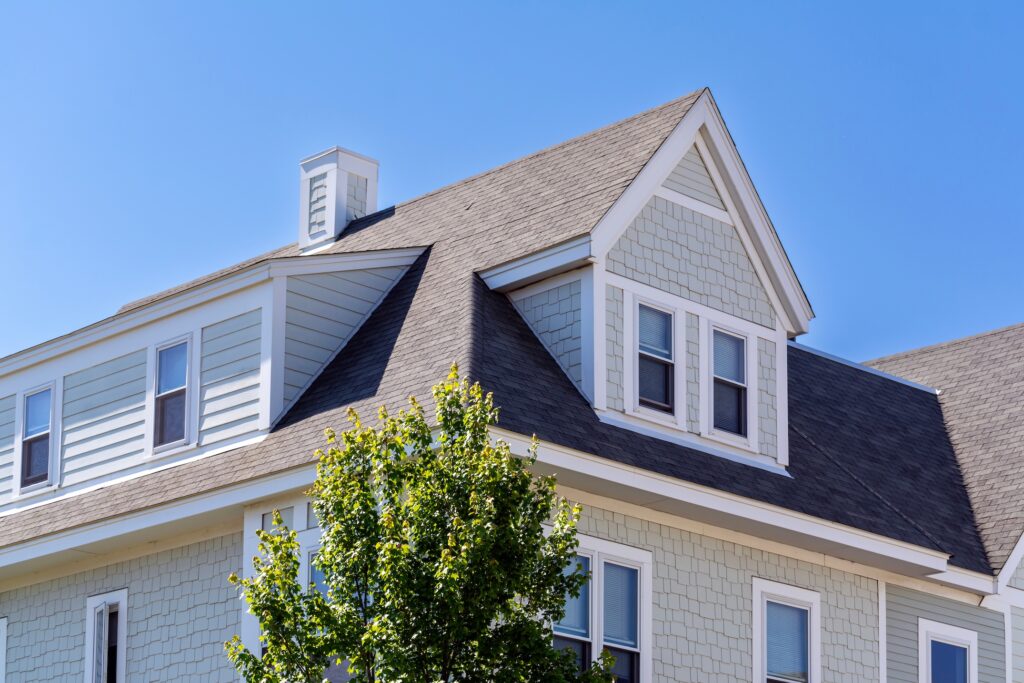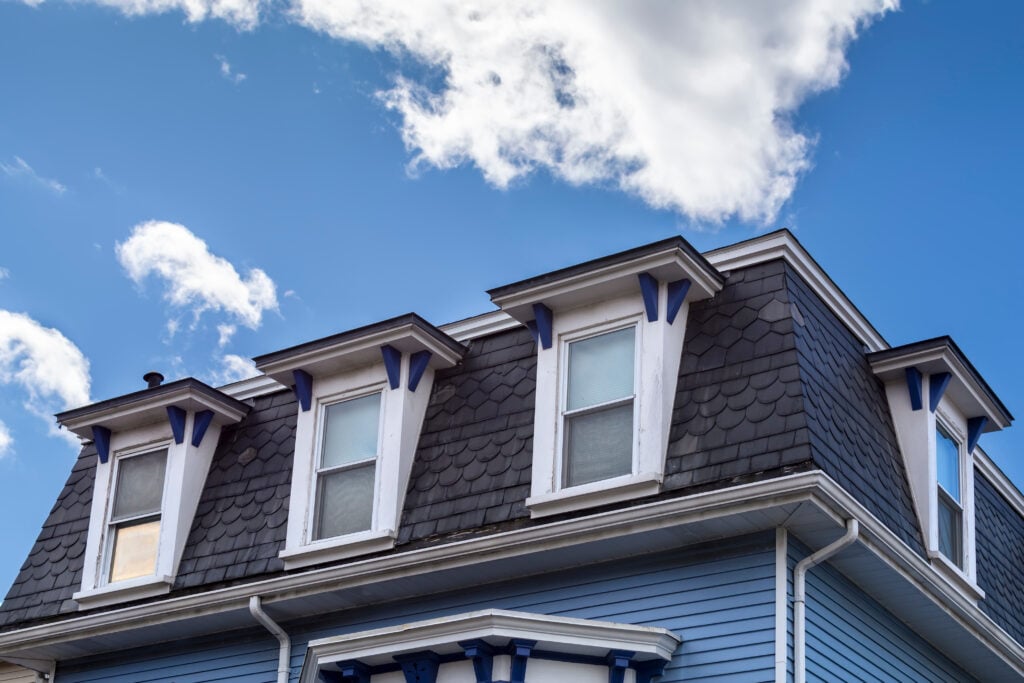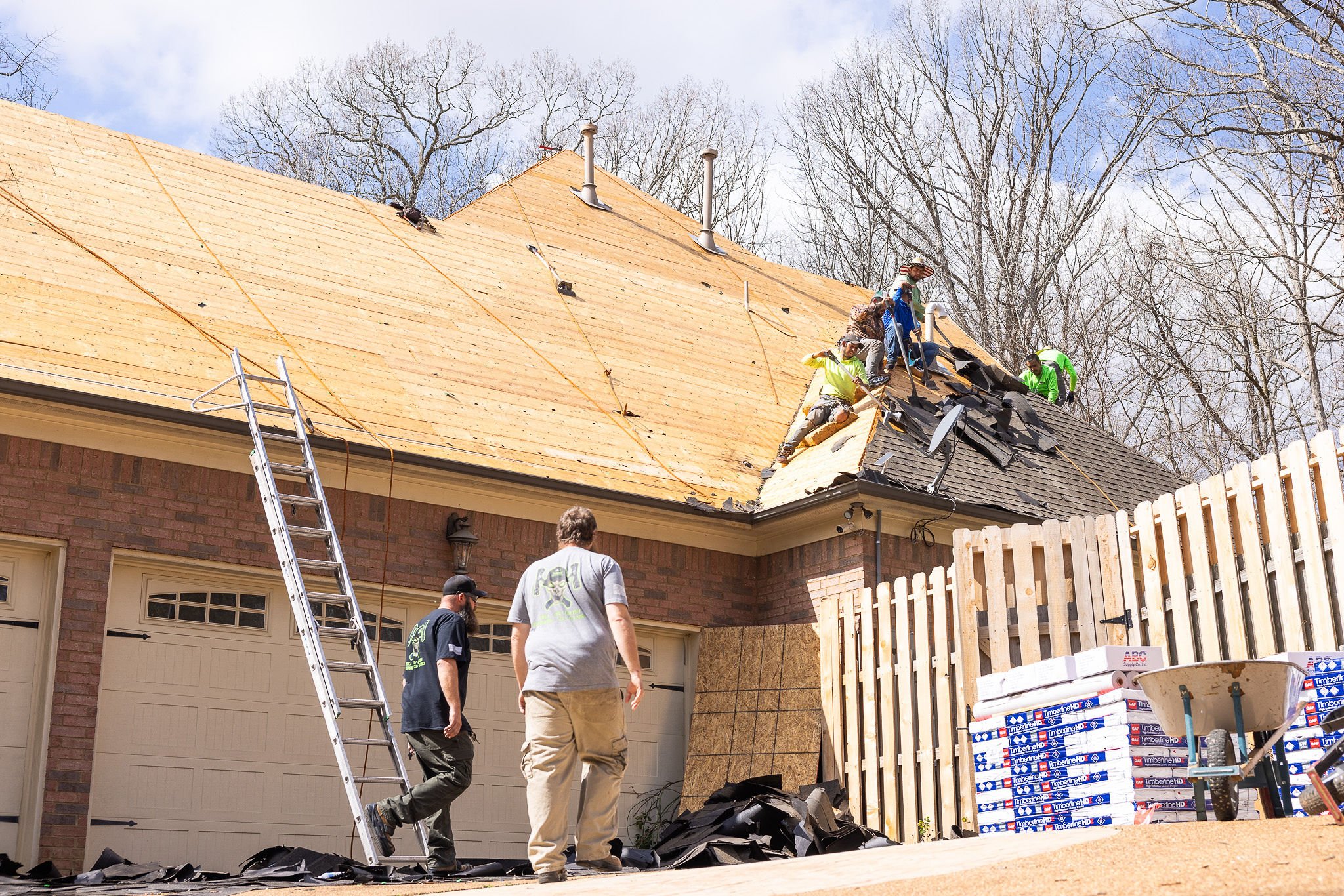When choosing the right roof style for your home, understanding your options can make all the difference in both aesthetics and functionality. A hip roof stands out as one of the most popular and practical roofing designs, offering homeowners a perfect blend of durability, weather resistance, and timeless appeal. If you’re considering a new roof or replacement, exploring the benefits and drawbacks of hip roof construction will help you make an informed decision that protects your investment for years to come.
This comprehensive guide will walk you through everything you need to know about hip roofs, from their unique design features to installation considerations.
In this article, we’ll cover:
- Why hip roof design matters for your home’s protection and value
- The key advantages and disadvantages of hip roofs
- Important factors to consider before choosing this roofing style
- How hip roofs compare to other popular roof designs
🏠 Why Hip Roof Design Is Important

Hip roofs represent a significant investment in your home’s structural integrity and long-term protection. Understanding this roofing style helps you make decisions that impact everything from energy efficiency to storm resistance.
The design of your roof affects more than just curb appeal. It influences your home’s ability to withstand severe weather, manage water drainage, and maintain structural stability over decades of use.
Key reasons hip roof design matters:
- Weather resistance: The four sloped surfaces are designed to withstand strong winds and heavy storms, offering better protection for your home in extreme weather conditions.
- Structural stability: With equal weight distributed across the structure, stress on the foundation is minimized, ensuring long-term durability and safety.
- Energy efficiency: Sloped surfaces enhance natural airflow and help regulate indoor temperatures, reducing reliance on artificial cooling and heating.
- Property value: The classic, versatile design remains attractive to potential buyers and helps preserve the overall value of your home over time.
⚖️ 5 Key Pros & Cons of Hip Roofs

Understanding both the advantages and challenges of hip roof construction helps you evaluate whether this style meets your specific needs and budget.
1. Superior Wind Resistance
Hip roofs excel in high-wind conditions due to their aerodynamic design. The four sloping sides allow wind to flow over the structure more smoothly than gable roofs.
- Wind speeds up to 150 mph are better managed with proper hip roof construction
- Reduced risk of roof uplift during severe storms and hurricanes
2. Enhanced Water Drainage
The sloped design on all four sides creates excellent water runoff, reducing the risk of leaks and water damage.
- Multiple drainage paths prevent water pooling
- Reduced stress on gutters and downspouts during heavy rainfall
3. Increased Construction Complexity
Hip roofs require more materials and specialized construction techniques, which can impact project timelines and costs.
- Additional ridge boards, hip rafters, and complex framing requirements
- Need for experienced roofing contractors familiar with hip roof installation
4. Excellent Structural Stability
The inward slope on all sides creates a self-bracing system that distributes weight evenly across the entire structure.
- Reduced risk of sagging or structural failure over time
- Better performance in areas with heavy snow loads
5. Higher Material and Labor Costs
The complexity of hip roof construction typically requires 15-20% more materials and specialized labor compared to simpler roof styles.
- More cutting and fitting required for shingles and underlayment
- Longer installation time due to complex angle work
🔧 Hip Roof Design Considerations

Several important factors should guide your decision when considering a hip roof for your home. These considerations help ensure your investment delivers the performance and aesthetic appeal you expect.
Climate and Weather Patterns
Your local climate plays a crucial role in determining whether a hip roof is the best choice for your home.
- High-wind areas: Hip roofs perform exceptionally well in tornado-prone regions and coastal areas with hurricane risks. The aerodynamic design reduces wind resistance and structural stress.
- Heavy snow regions: The four-sided slope helps prevent snow accumulation and reduces the risk of ice dams forming along roof edges.
- Rainfall patterns: Multiple drainage slopes ensure efficient water management during heavy precipitation events.
Architectural Style Compatibility
Hip roofs complement various home styles, but some architectural designs benefit more than others from this roofing choice.
- Traditional styles: Colonial, Georgian, and Victorian homes often feature hip roofs as part of their classic design elements.
- Modern applications: Contemporary homes use hip roofs to create clean lines and geometric appeal.
- Ranch and prairie styles: Single-story homes with hip roofs create a low, horizontal profile that emphasizes the home’s connection to the landscape.
Maintenance Requirements
While hip roofs offer excellent durability, they do require specific maintenance considerations to ensure optimal performance.
- Regular inspections: The multiple roof planes and hip ridges need periodic inspection for wear, damage, or debris accumulation.
- Gutter maintenance: Four-sided drainage requires properly maintained gutters and downspouts to handle increased water flow.
- Professional repairs: Complex construction means repairs typically require experienced roofing professionals familiar with hip roof systems.
🎯 Making the Right Choice for Your Home
Hip roofs offer compelling advantages for homeowners seeking durability, weather resistance, and timeless appeal. The superior wind resistance, excellent water drainage, and structural stability make them an excellent choice for many applications, especially in areas prone to severe weather.
However, the higher initial costs and construction complexity require careful consideration of your budget and timeline. Working with experienced roofing professionals ensures proper installation and long-term performance.
When evaluating whether a hip roof is right for your home, consider your local climate, architectural style, and long-term maintenance preferences. The investment in quality construction and materials pays dividends through decades of reliable protection and enhanced property value.
Ready to explore hip roof options for your home? Contact Summit Roofing & Restoration today for a free inspection and consultation. Our experienced team serves Tennessee, Arkansas, and Mississippi homeowners with expert roofing solutions tailored to your specific needs and budget.


